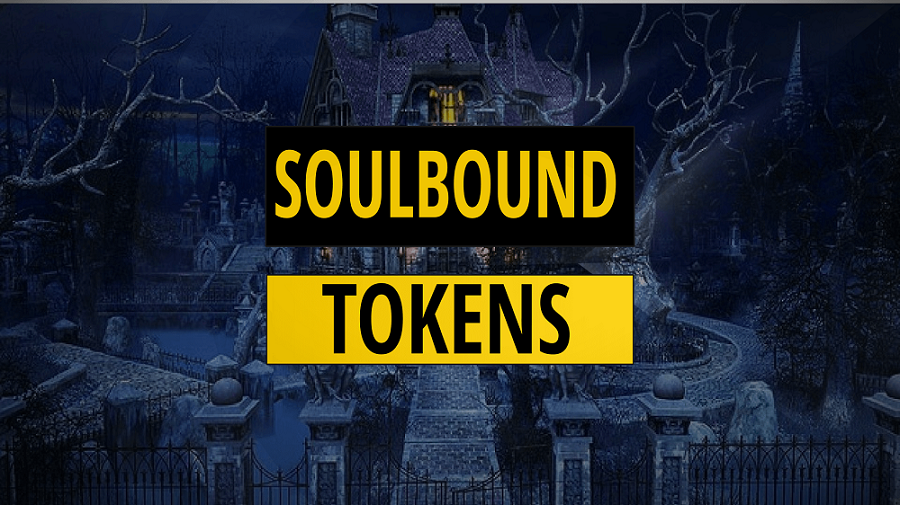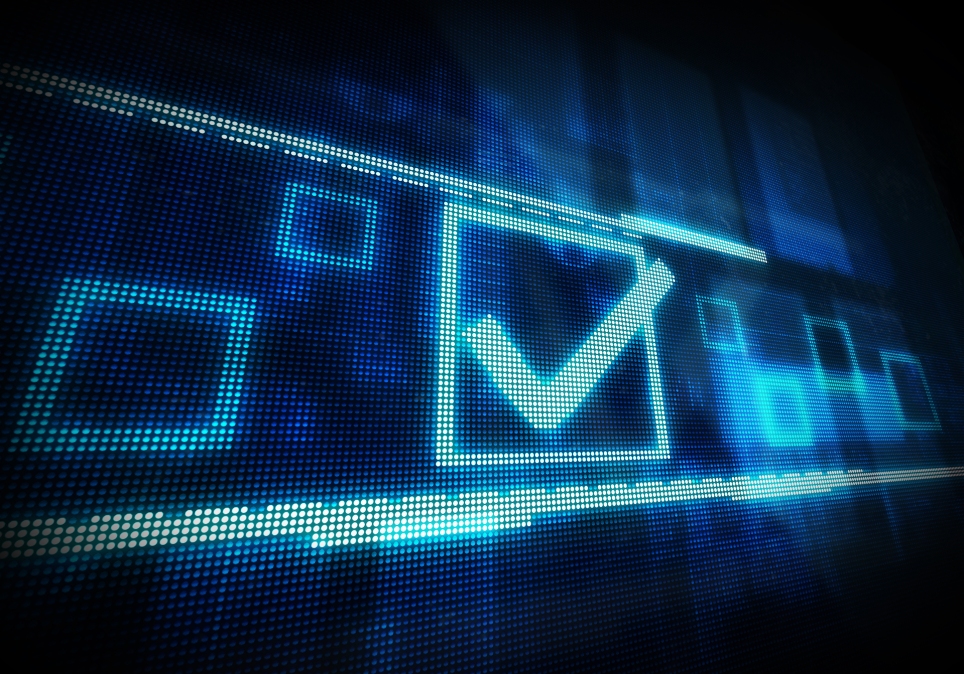
Table of Contents
The market capitalization of BRC-20 tokens has already aroused the curiosity of the cryptocurrency world and is now close to $1 billion. However, it led to an increase in network transaction fees, which some Bitcoiners did not appreciate. We would be addressing the question “What Are BRC-20 Tokens?” as well as outlining the Bitcoin memecoin craze and all that it encompasses in this guide.
What are BRC-20 tokens?
BRC-20 tokens are fungible tokens that are created and transferred using the Ordinals protocol on the Bitcoin Blockchain. BRC-20 tokens are inspired by Ethereum’s ERC-20 tokens, but they feature different mechanisms and functions. Word on the streets has it that the BRC-20 token was created by an anonymous on-chain analyst on Twitter named domo (@domodata) on the 8th of March, 2023.
BRC-20 tokens have the potential to be a valuable tool for developers and users of the Bitcoin Blockchain. They can be used to create new applications and services, and they can also be used to represent real-world assets on the Blockchain. However, it is important to remember that BRC-20 tokens are still experimental, and users should exercise extreme caution when using them.
Still want to dig into what BRC-20 tokens are? Keep reading.
How Does BRC-20 Tokens Work?
Moving on from ‘what are BRC-20 tokens?’ to ‘how does BRC-20 tokens work?’. BRC-20 tokens work by using the Ordinals protocol to assign unique identifiers to each token. These identifiers are then used to track the ownership of the tokens and to facilitate their transfer.
You May Also Like: How Blockchain can help improve Nigeria Digital Census 2023
The Ordinals protocol is a system for numbering satoshis, the smallest unit of Bitcoin. Each satoshi is assigned a unique identifier, which is a 32-byte number. BRC-20 tokens are created by assigning a unique identifier to a group of satoshis. This group of satoshis is then called a “token contract.”
BRC-20 uses Ordinals to write JSON data into satoshis, it is this JSON data that is used to deploy, mint and transfer tokens. Token contracts can be transferred to other users by sending the satoshis that make up the token contract to the new owner’s address. The new owner can then use the token contract as they see fit.
How to Create A BRC-20 Token?
To create a BRC-20 token, you must deploy the JSON data with the right information. You will need to:
1. Create an Ordinal Compatible Bitcoin wallet that supports BRC-20 tokens.
2. Generate a unique identifier for your token.
3. Approve the transfer of your token to your wallet.
4. Send the satoshis that make up your token contract to your wallet.
Once you have completed these steps, you will have successfully created a BRC-20 token.
Here are the steps in more detail:
1. Create a Bitcoin wallet that supports BRC-20 tokens. There are a number of Bitcoin wallets that support BRC-20 tokens, including:
• UniSat
• Muun
• BlueWallet
2. Generate a unique identifier for your token. You can use the Ordinals protocol to generate a unique identifier for your token.
3. Approve the transfer of your token to your wallet. You will need to approve the transfer of your token to your wallet before you can send it. To do this, open your Bitcoin wallet and go to the “Settings” or “Preferences” tab. Then, select the “BRC-20 Tokens” tab and click on the “Approve” button next to your token.
4. Send the satoshis that make up your token contract to your wallet. Once you have approved the transfer of your token, you can send the satoshis that make up your token contract to your wallet. To do this, open your Bitcoin wallet and go to the “Send” tab. Then, enter the address of your wallet and the amount of satoshis you want to send. Finally, click on the “Send” button.
Once you have sent the satoshis to your wallet, you will have successfully created a BRC-20 token.
How to Mint A BRC-20 Token?
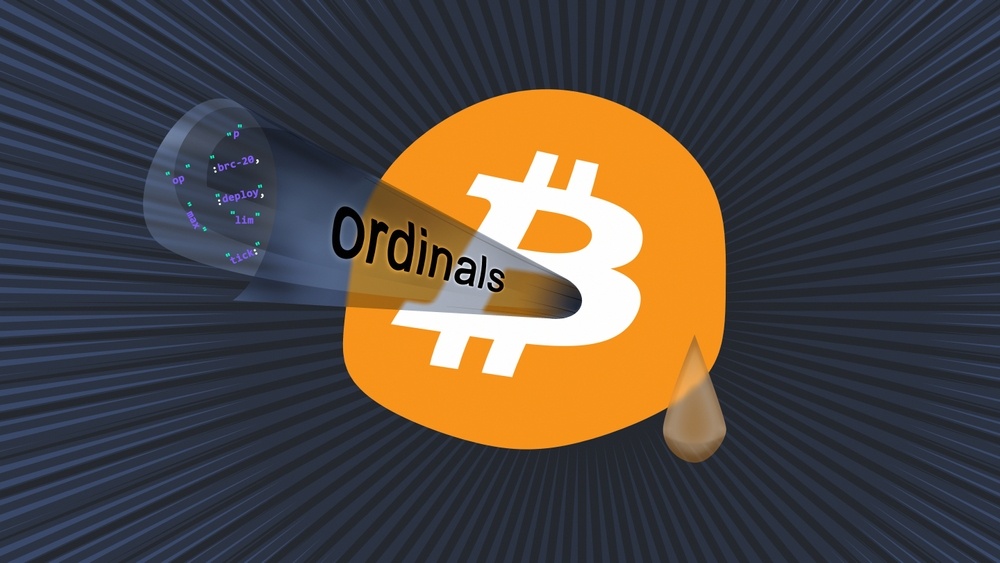
To mint a BRC-20 token you would need to register a JSON, only the JSON has different parameters from those of the deployment. Here are the steps on how to mint a BRC-20 token:
1. Create an Ordinal Compatible Bitcoin wallet that supports BRC-20 tokens. There are a number of Bitcoin wallets that support BRC-20 tokens, including:
• UniSat
• Muun
• BlueWallet
2. Install the BRC-20 CLI tool. The BRC-20 CLI tool is a command-line tool that can be used to create, mint, and manage BRC-20 tokens. You can download the BRC-20 CLI tool from the BRC-20 website.
3. Generate a unique identifier for your token. You can use the Ordinals protocol to generate a unique identifier for your token.
4. Create a token contract. A token contract is a piece of code that defines the properties of your token, such as its name, symbol, and total supply. You can create a token contract using the BRC-20 CLI tool.
5. Mint your token. Once you have created a token contract, you can mint your token using the BRC-20 CLI tool. To do this, you will need to provide the following information:
• The name of your token
• The symbol of your token
• The total supply of your token
• The address of your Bitcoin wallet
6. Send your token to your wallet. Once you have minted your token, you can send it to your Bitcoin wallet using the BRC-20 CLI tool. To do this, you will need to provide the following information:
• The address of your Bitcoin wallet
• The amount of tokens you want to send
Once you have sent your token to your wallet, you will have successfully minted a BRC-20 token.
How to Transfer A BRC-20 Token?
Transferring a BRC-20 token could be done in 2 concise steps. Firstly, by inscribing the transfer function to your Ordinal Compatible Bitcoin wallet (UniSat, Muun, BlueWallet) and then sending the inscription to the desired destination to transfer the balance.
In details, you will need to:
1. Open your Bitcoin wallet that supports BRC-20 tokens.
2. Go to the “Send” tab.
3. Enter the address of the recipient’s wallet.
4. Enter the amount of tokens you want to send.
5. Click on the “Send” button.
Once you have clicked on the “Send” button, your BRC-20 tokens will be transferred to the recipient’s wallet.
Here are some things to keep in mind when transferring BRC-20 tokens:
• Make sure that you enter the correct address of the recipient’s wallet. If you enter the wrong address, your tokens will be lost forever.
• Make sure that you have enough satoshis in your wallet to cover the transaction fee. The transaction fee is used to pay for the miners who process your transaction.
• Be patient. It can take some time for your transaction to be processed. The time it takes for your transaction to be processed depends on the network traffic.
Difference Between BRC-20 and ERC-20 Tokens?
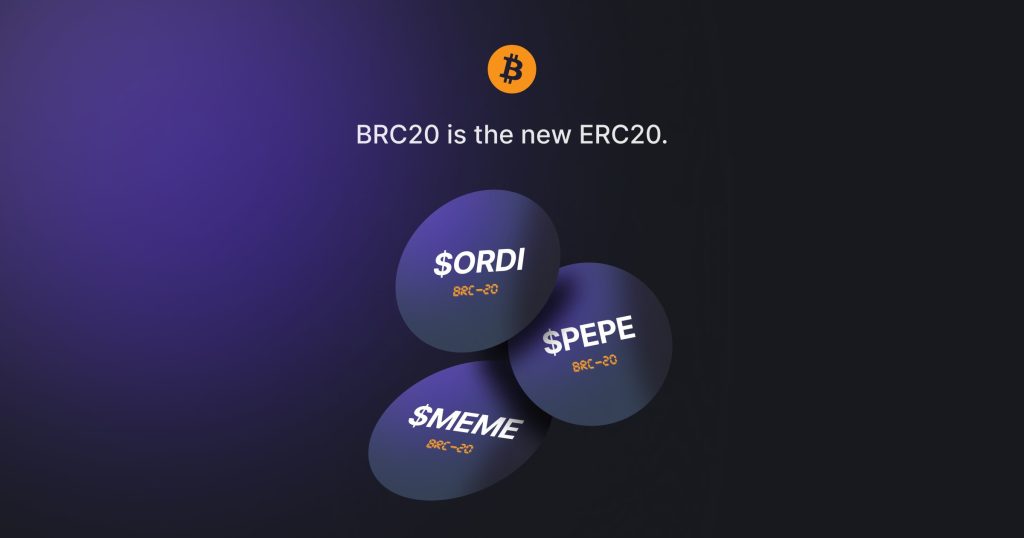
BRC-20 and ERC-20 are both token standards that allow for the creation of fungible tokens on their respective Blockchains. However, there are some key differences between the two standards.
BRC-20 is built on the Bitcoin Blockchain, while ERC-20 is built on the Ethereum Blockchain. This means that BRC-20 tokens are compatible with Bitcoin wallets and exchanges, while ERC-20 tokens are compatible with Ethereum wallets and exchanges.
BRC-20 tokens do not use smart contracts, while ERC-20 tokens do. Smart contracts are pieces of code that run on the Blockchain and can be used to automate transactions and other tasks. The lack of smart contracts on the BRC-20 network makes it more secure, but it also limits the functionality of BRC-20 tokens.
BRC-20 tokens are still experimental, while ERC-20 tokens have been around for several years. This means that BRC-20 tokens are less mature and have less of a track record than ERC-20 tokens.
Overall, BRC-20 and ERC-20 are both good options for creating fungible tokens. However, the choice of which standard to use depends on your specific needs. If you need tokens that are compatible with the Bitcoin ecosystem and are more secure, then BRC-20 is a good choice. If you need tokens that have more functionality and are more mature, then ERC-20 is a good choice.
Importance of BRC-20 Tokens?
BRC-20 tokens are important because they allow for the creation of fungible tokens on the Bitcoin Blockchain. Fungible tokens are tokens that are all identical and can be traded or exchanged one for another. This means that BRC-20 tokens can be used to represent a variety of different assets, such as fiat currencies, commodities, or even other cryptocurrencies.
BRC-20 tokens are also important because they are compatible with the Bitcoin ecosystem. This means that they can be used with Bitcoin wallets and exchanges. This makes it easy for users to buy, sell, and use BRC-20 tokens. The BRC-20 tokens could be used for P2P transfers, Decentralized Finance and Tokenization.
Overall, BRC-20 tokens are an important development for the Bitcoin Blockchain. They allow for the creation of new applications and services, and they make it easier for users to use Bitcoin.
Here are some of the potential benefits of BRC-20 tokens:
• They could be used to create new applications and services on the Bitcoin Blockchain.
• They could be used to represent real-world assets on the Blockchain.
• They could make it easier for users to use Bitcoin.
Some Popular BRC-20 Tokens
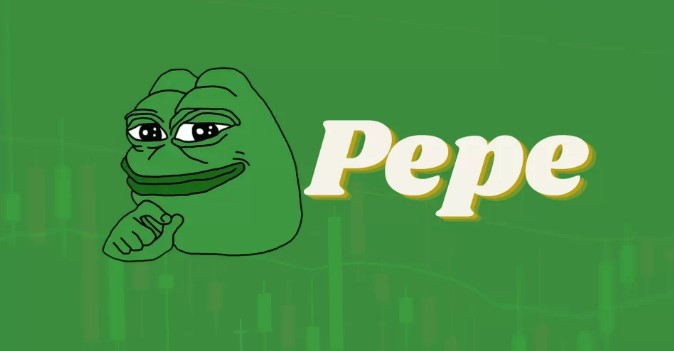
Here are some of the most popular BRC-20 tokens:
• Ordinals (ORDI)
• Pepe (PEPE)
• VMPX (VMPX)
• NALS (NALS)
• MEME
• HalfPizza (PIZA)
• BANK
• OSHI
• DOMO
• NOOT
These tokens are all different, but they all have the potential to be valuable tools for developers and users of the Bitcoin Blockchain. They can be used to create new applications and services, and they can also be used to represent real-world assets on the Blockchain.
Key Features of BRC-20 tokens
Here are some of the key features of BRC-20 tokens:
• They are created and transferred using the Ordinals protocol on the Bitcoin Blockchain.
• They are fungible, meaning that they are all identical and can be traded or exchanged one for another.
• They are compatible with the Bitcoin ecosystem, meaning that they can be used with Bitcoin wallets and exchanges.
• They are still experimental, and users should exercise extreme caution.
Risks of BRC-20 tokens
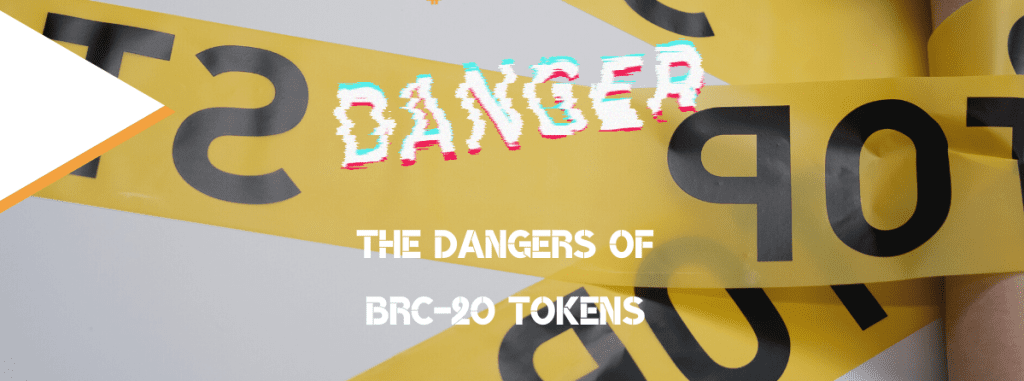
It is very unlikely that we would talk about the importance of a relatively new token standard and also not point out its risks. Asides wanting to find out what are BRC-20 tokens, it’s also pertinent to find out the risks associated with BRC-20 tokens. Programmers are currently experimenting with the BRC-20 token standard to enable fungibility on the Bitcoin Blockchain. It’s still being tested, so there could be a lot of potential problems. Despite the hype, there is currently little use for BRC-20 tokens.
The future is likewise somewhat ambiguous. BRC-20 tokens are simple to produce, therefore it’s probable that many of them may become worthless. Before interacting with this new token type, users and investors should exercise caution and do their due diligence.
BRC-20 tokens are a new and experimental technology, and as such, they come with some risks. Here are some of the risks to be aware of before using BRC-20 tokens:
• Security risks. BRC-20 tokens are built on the Bitcoin Blockchain, which is a secure network. However, there is always the risk that smart contracts could be hacked or exploited. Users should only interact with trusted smart contracts and should take steps to protect their funds, such as using a hardware wallet.
• Volatility. The value of BRC-20 tokens is volatile and can fluctuate rapidly. Users should only invest what they can afford to lose.
• Lack of regulation. BRC-20 tokens are not currently regulated by any government or financial institution. This means that there is no guarantee that users will be protected if something goes wrong.
It is important to weigh the risks and benefits of using BRC-20 tokens before making a decision. If you are not comfortable with the risks, you may want to consider using a different type of token.
We hope this guide answering the question – what are BRC-20 tokens puts to bed any uncertainties you might have before. If you liked this article, then please share with your network.



